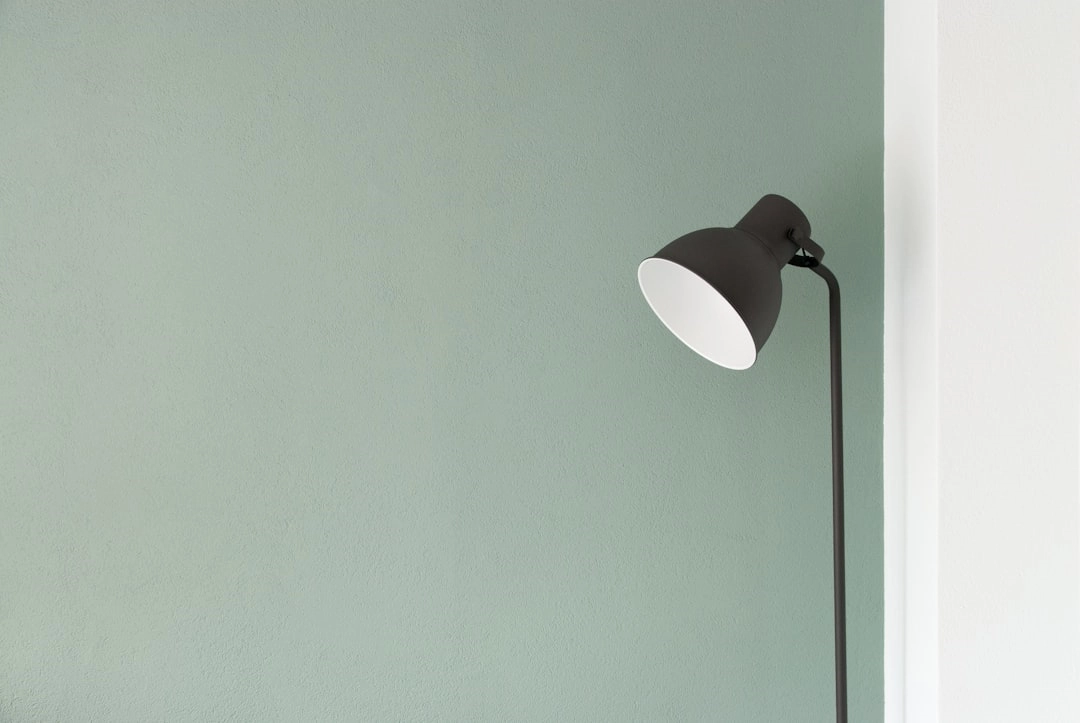
What It Is
Organic home textiles refer to fabrics and materials made from natural fibers that are grown without the use of synthetic pesticides, herbicides, or genetically modified organisms (GMOs). These textiles can be found in various household items, including bedding, curtains, upholstery, and towels. They are manufactured using environmentally friendly processes and are often certified by recognized standards to ensure they meet organic criteria.
Benefits of Organic Home Textiles
Choosing organic home textiles provides numerous benefits. They are free from harmful chemicals often found in conventional textiles, which can contribute to indoor air pollution and negatively affect health. Additionally, organic materials are biodegradable and less detrimental to the environment when disposed of. With a focus on sustainability, organic textiles also promote eco-friendly farming practices that support biodiversity and reduce the carbon footprint of the textile industry.
Real-World Problems
Despite the advantages of organic home textiles, several real-world challenges hinder their widespread adoption and market growth.
1. Limited Availability
One of the significant issues is the limited availability of organic textiles in mainstream markets. Many consumers find it challenging to source organic options, as they are often confined to specialty stores or online retailers. This scarcity prevents broader consumer adoption and awareness of the benefits associated with these products.
2. Higher Costs
Organic home textiles typically come with a higher price tag compared to conventional alternatives. The costs are driven by the organic farming practices, sustainable production processes, and certification expenses. As a result, many consumers may opt for cheaper, non-organic options, making affordability a significant barrier to choosing organic textiles.
3. Lack of Awareness
There is often a lack of awareness among consumers regarding the benefits and distinctions of organic textiles. Many people are not educated about the harmful effects of toxic chemicals used in conventional textiles or the positive impact of organic choices on health and the environment. This lack of knowledge limits the demand for organic products.
4. Greenwashing
Greenwashing is another challenge that complicates the consumer’s decision-making process. Some brands may claim to be “eco-friendly” or “natural” without having certified organic products, leading to confusion and mistrust among consumers. This practice undermines genuine efforts by companies that are committed to sustainable and organic production.
5. Economic and Environmental Impacts
The transition to organic farming and textile production requires significant investment and time. Farmers may face economic struggles as they shift from conventional methods that yield immediate profits to more sustainable practices that take longer to establish. Additionally, the environmental benefits associated with organic textiles often take time to materialize, creating a challenging scenario for immediate impact.
By addressing these real-world problems and raising awareness, we can promote the adoption of organic home textiles, ultimately leading to healthier choices for our homes and a more sustainable future for the planet.

Solutions for Promoting Organic Home Textiles
To overcome the challenges associated with organic home textiles and promote their adoption, several actionable solutions can be implemented. These strategies aim to improve availability, raise awareness, and enhance consumer trust in organic products.
1. Increase Availability and Accessibility
Retailers should aim to expand the availability of organic home textiles by partnering with manufacturers and sourcing a wider range of products. Major retailers can incorporate organic lines into their inventory, making these sustainable choices more accessible to consumers. Online platforms can also promote organic textiles by simplifying the search process for ethically produced items.
2. Educate Consumers
Raising awareness about the benefits of organic home textiles is crucial. Educational campaigns can be launched to inform consumers about the harmful effects of conventional textiles and the positive impact of choosing organic. This can include blog posts, social media campaigns, workshops, or community events to provide information and engage potential customers.
3. Promote Affordability
To address the higher costs associated with organic textiles, initiatives such as subsidies for organic farmers or collaborations with eco-conscious brands might be considered. Bulk purchasing and cooperative buying models can also help reduce costs for consumers. Encouraging brands to offer a range of products at various price points can make organic textiles more appealing to a broader audience.
4. Ensure Transparency and Trust
Brands and manufacturers should commit to transparency in their sourcing and production processes. Providing clear information about the certification of organic products and the practices involved can build trust with consumers. Certification labels and third-party assessments can help differentiate genuine organic products from those that engage in greenwashing.
5. Support Research and Development
Investing in research and development to improve organic farming practices and textile production methods can help address scalability and efficiency issues. Collaboration between farmers, manufacturers, and researchers is essential for innovating sustainable practices that can reduce costs and environmental impact over time.
By implementing these solutions, the organic home textiles market can grow, empowering consumers to make informed choices that benefit both their homes and the environment.















